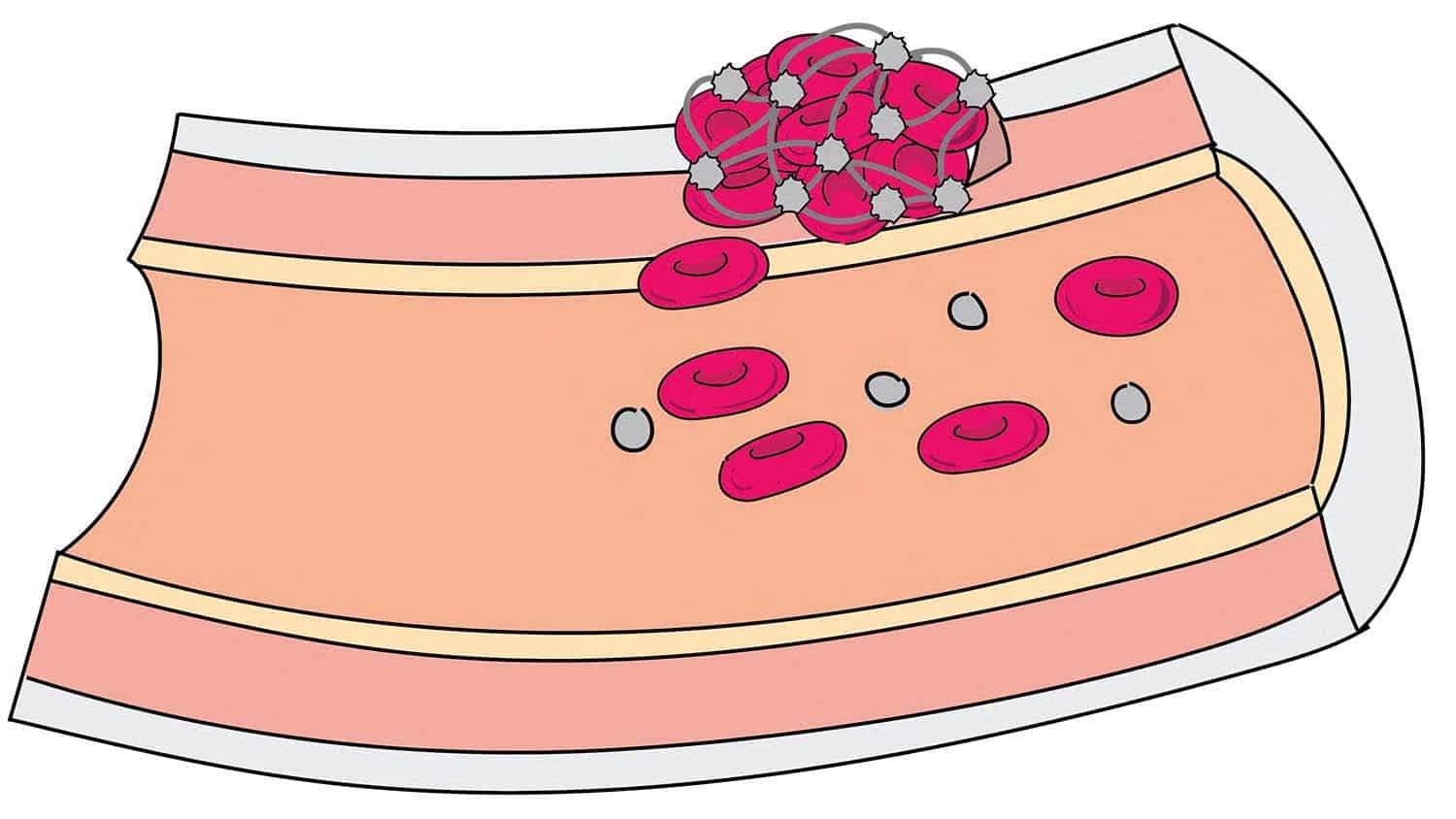October 2018 Research Roundup

A look at some of the newest published studies coming out of the NC State College of Veterinary Medicine.
- A study on the impact of drug enrofloxacin on cattle finds dosing regimens in which antimicrobial concentrations rapidly achieve pharmacodynamic targets and are quickly eliminated from the gastrointestinal tract minimize the effect on fecal microbiota.
The research, published in Frontiers in Microbiology, shows that quick elimination mitigates long-term impacts on fecal E. coli resistance, a major finding since intestinal concentrations of antimicrobials that select for resistance in the fecal bacteria of cattle is not well understood.
The study is co-authored by Derek Foster, Mark Papich, Timo Prange, Benjamin Callahan, Casey Theriot, Megan Jacob and Kaitlyn Ferguson.
Read the study here.
- A group of CVM researchers have completed a thorough evaluation an eye disease recently reported to affect the survival of endangered juvenile Galápagos sea lion.
The study explores the ophthalmic disease Philophthalmus zalophi on the largest sea lion rookery on San Cristóbal Island of the Galápagos, through eye exams, noting the most common clinical signs and details of parasite infection. Just a handful of studies have documented clinical diseases affecting the species and impacting pup survival.
The sea lion population of the Galápagos has seen steady annual declines, according to studies.
Co-authors on the study, published in the Journal of Zoo and Wildlife, include Greg Lewbart, Diane Deresienski, Mac Law, John Cullen, James Flowers and Brianne Phillips.
Read the study here.
- A new study evaluates the appropriate dosing regimen for gabapentin, a common pain medication for cats.
Clinically relevant data is lacking about the way gabapentin, the most prescribed medication to treat feline chronic musculoskeletal pain, moves through the body The study, published in the Journal of Veterinary Internal Medicine, determines terminal half-lives of the drug for single and repeated dosings. A notable finding: Repeated oral dosing does not alter the drug’s pharmacokinetics, making dose adjustments unnecessary with long-term treatment.
The research data will act as an important aid in future studies involving gabapentin. Duncan Lascelles, Emma Stafford, Ronald Baynes, Mark Papich and Derek Adrian co-authored the study.
Read the study here.
- New research confirms that the infections caused by the tickborne parasite Babesia gibsoni are widespread and most commonly found in American Staffordshire and American pit bull terriers.
The research, published in the Journal of Veterinary Internal Medicine, found that the two breeds accounted for 784 percent of the infected dogs in the study, is co-authored by Adam Birkenheuer, Barbara Qurollo and Ed Breitschwerdt, among others.
The research also found that the prevalence of cytochrome b mutations, which can infer resistance to treatment, was low and does not warrant pretreatment genotyping.
Read the study here.
- A study into the anti-inflammatory effects of misoprostol on horses shows that the medication is rapidly absorbed following oral administration.
Misoprostol is anecdotally used to treat and prevent nonsteroidal anti-inflammatory drug-induced equine gastrointestinal injuries. The study, co-authored by Emily Martin, Sam Jones and Jenna Marie Schirmer and published in the Equine Veterinary Journal, sheds light on the pharmacokinetics and anti-inflammatory impact of misoprostol, which are not well understood.
Read the study here.
- An investigation into extended-release levetiracetam provides insight into proper dosing and mechanisms of the antiepileptic drug for dogs.
The study, co-authored by Karen Muñana, Mark Papich, Julie Nettifee and Arturo Otamendi and published in the Journal of Veterinary Internal Medicine, looks into the pharmacokinetics of the drug, also known as LEV-XR, when administered alone and with phenobarbital or zonisamide.
LEV-XR has gained acceptance as a treatment for canine epilepsy, but no studies have previously evaluated its disposition in dogs with the condition. Among the conclusions of the research: considerable pharmacokinetic variation exists in LEV-XR in dogs treated with a common dosing regimen, and drug monitoring may help determine the best dose of the medication in individual dogs.
Read the study here.
- The way water is presented to cats has no influence on their daily water consumption, according to a study co-authored by Korinn Saker and published in the Journal of Feline Medicine and Surgery.
For the study, 16 cats were given different bowls that house water in a variety of ways — still, circulating or free-falling bowl systems. Overall, the study finds that the water bowl types tested have no appreciable effect on water intake.
The study notes that alternative methods beyond providing unique water bowls to increase water intake be implemented for disease management.
Read the study here.
- Research on Cavalier King Charles Spaniels with and without chiari-like malformations and syringomyelia has found that mechanical and thermal sensitivity does not appear to be related to the presence of syringomyelia, but that mechanical sensitivity appears to connected to the presence of pain and clinical signs.
Chiari-like skull malformations and syringomyelia, a disorder of the spinal cord, are common problems in Cavalier King Charles Spaniels, causing severe neuropathic pain
Cavalier King Charles Spaniels suffer pain associated with the conditions, as do humans who often describe sensory abnormalities associated with them. Sensory changes have not been previously quantified in the breed
The study, published in the Journal of Veterinary Internal Medicine, says that mechanical testing may be useful to assess sensory abnormalities during clinical trials. Co-authors are Courtney Rousse Sparks, Natasha Olby, Duncan Lascelles, Kim Williams and Angela Gorney.
Read the study here.
- A review of the outcomes and risk factors for mortality in dogs that underwent surgical management of lung lobe torsion finds the percentage of dogs surviving to discharge after surgical treatment was higher than previously reported.
The study, co-authored by Kyle Mathews and published in Veterinary Surgery, reviewed cases of 50 dogs with 52 instances of lung lobe torsion seen between 2005 and 2017 at different veterinary hospitals. A rare condition in dogs, lung lobe torsion blocks air and blood flow to the lobe.
Among the study’s findings: 92 percent of dogs survived to discharge and the short- and long-term prognosis was excellent with surgical treatment.
Read the study here.
This post was originally published in Veterinary Medicine News.


